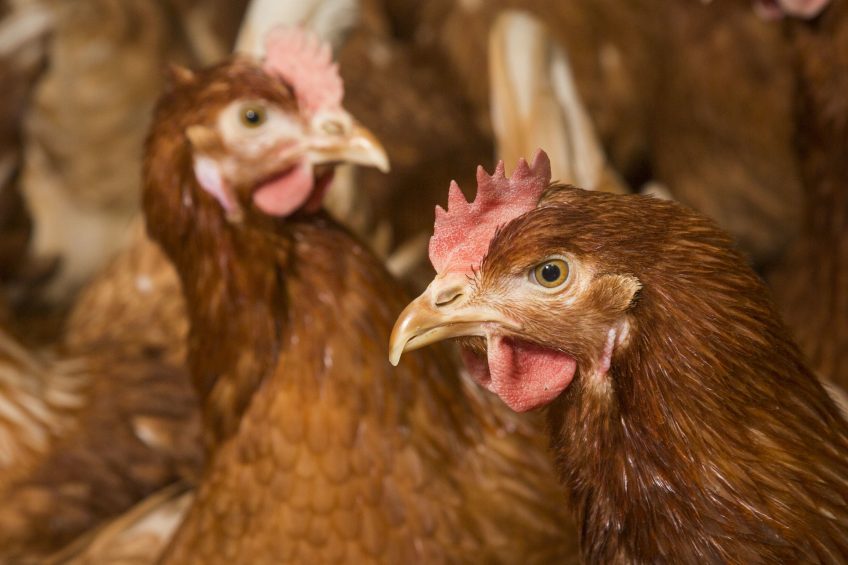Stockmanship bigger influence on hen welfare

Management of multi-tier and flat deck units have a greater influence on hen welfare than housing systems, according to new research published at the Pig and Poultry Fair.
But the research, published by the Scottish Rural University College and Adas, also showed that large numbers of birds housed in multi-tier units are suffering keel bone fractures.
This prompted concern from producers who are concerned that RSPCA Assured are driving forward demands for them to move to multi-tier systems.
Lead SRUC researcher Vicki Sandilands said the Scottish Government funded research had looked at 42 flocks (25 flat deck and 17 multi-tier) over a 12-month period.
The research covered historical data, egg production, number of seconds classified on farm, floor eggs, mortality at 30, 50, 60 and 70 weeks. It also looked at feather condition, keel bone damage (fractures and deviations), foot condition and ammonia levels in the units.
More eggs and more keel bone fractures
Ms Sandilands said the results found that hens housed in multi-tier houses laid slightly more eggs, while there was no effect on the type of house on the percentage of floor eggs and little difference in the number of seconds.
Mortality rates were quite varied, particularly among flat deck systems, while feather scores were generally good in both systems.
However, keel bone fractures were significantly higher in multi-tier systems due to the birds having more freedom of movement to different levels of the house. In flat deck houses keel bone fractures were lower.
Jason Gittins, Adas poultry consultant, said the economics showed there was a financial advantage of 60p/bird at 70 weeks with the multi-tier system, which was mainly due to lower feed intake.
Mr Gittins said there was a large difference between the best and poorest flocks in the research, with considerable scope for improvement.
Robert Gooch, BFREPA chief executive, said the project had put to bed any argument that one system is better than the other.
“Flat deck houeses are the bedrock of free range eggs and remain very popular with producers. Multi-tier units have been growing in popularity and many of our members are investing in them when they expand.
“The range of results shows that, regardless of housing system, the expertise of the producer is the most important factor. It is clear that there are advantages and disadvantages to both systems and the essential component to ensuring high standards of hen welfare is good stockmanship, regardless of a producer’s choice of housing system.”
But Somerset free range producer Martin Ford complained that RSPCA Assured were urging producers to move to multi-tier systems even though keel bone fractures were very high.
Ms Sandilands said use of ramps and preparing pullets for the system early would help reduce fractures.
Jane Bailey, RSPCA head of agriculture, said the charity had not said one system was better than another, adding that a number of management steps could be taken to reduce keel bone issues.
She urged producers to get pullets used to multi-tier systems through use of perches at an early stage.












